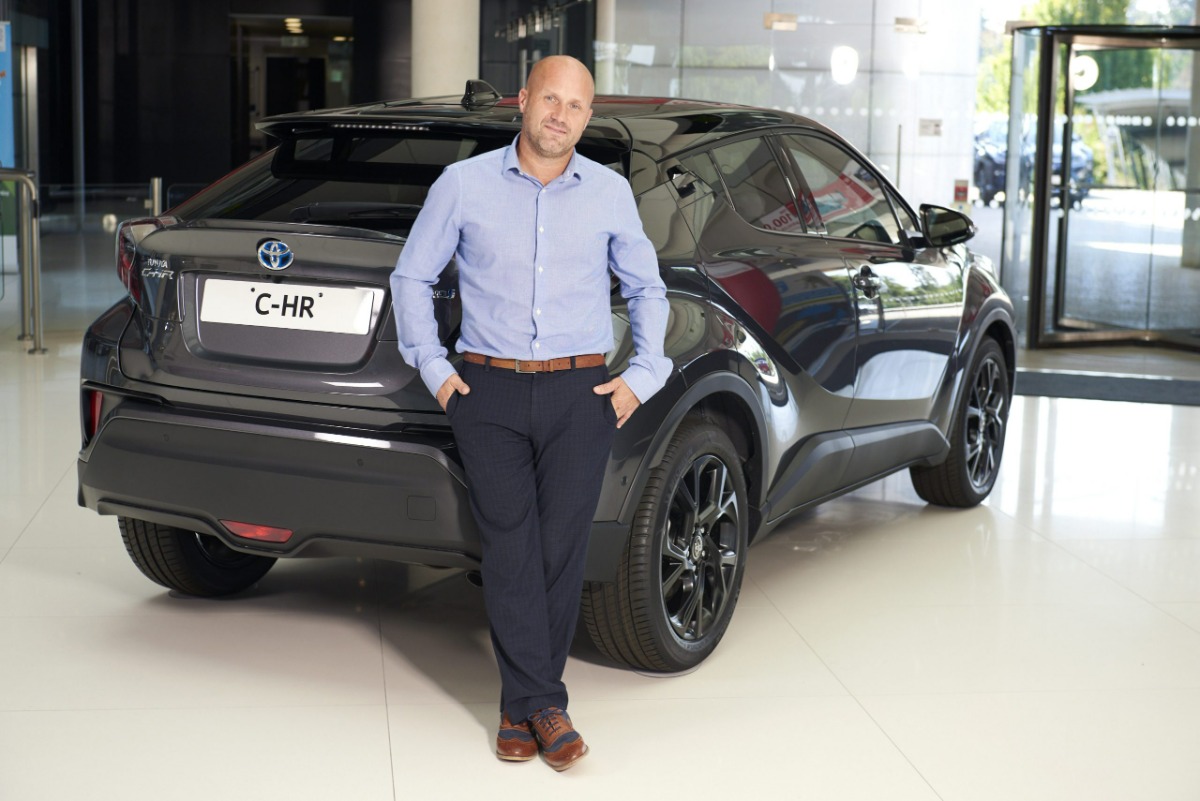The ULEZ expansion is going to bring a sea change to the second-hand car market – carwow

Online car marketplace carwow warns that Sadiq Khan’s decision to expand the ultra-low emission zone to cover the whole of Greater London by August next year will have a vast impact on used-car values across the country, with values dropping significantly as drivers look to change their non-compliant vehicles, and predicts that a vast north-south divide is about to hit the used-car market….
Hugo Griffiths, consumer editor at carwow said: “It is difficult to overstate the effect the ULEZ expansion will have on the second-hand car market. Around 200,000 non-compliant cars regularly drive into the affected area according to TfL’s figures and, even assuming these are only used every other day, anyone owning such a car would be hit with an annual ULEZ bill of over £2,000, hugely diminishing the value of these vehicles.
“But it is not just London residents who will be affected by the rule changes. Drivers in the home counties living close to the M25 are likely to consider changing their non-compliant vehicles, especially if they venture into the ULEZ anything more than occasionally. We’re therefore looking at hundreds of thousands of cars that are almost certain to experience a massive drop in value, and that are about to hit the used-car market.
“Factor in the enormous rise in values that used-cars have experienced in recent years, and it’s clear that this already sensitive market is about to experience a sea change. It is almost certain that non-ULEZ-compliant cars in the south of England will be hit with significant devaluation, while demand for cars that do meet the standards will soar, with prices for these likely to increase accordingly.
“I predict that a vast north-south divide is about to hit the used-car market. True, some cities such as Birmingham, Bristol and Glasgow are introducing or have introduced emission-control zones with rules similar to those of the ULEZ, but these zones cover far smaller areas. We can expect to see a huge number of non-compliant cars enter the used market in London and its surrounding areas, before being moved on to dealers outside of the capital and its borders. Simultaneously, compliant cars are going to become far more valuable for people living inside or within breathing distance of the M25, with a commensurate migration of stock to these areas almost a given.
“Drivers of commercial vehicles will also be hit hard by the ULEZ expansion, not least because most vans run on diesel, meaning traders whose trucks are more than about six years old will either have to upgrade their vehicles, or pass ULEZ costs onto customers.
“For consumers, car-selling has really caught up with the 21st century in recent years, with the rise of online players making the process faster and more convenient. Many services come with pricing tips and easy to use features like photo upload guides to ensure the price you get offered, is the price you get paid, for your vehicle.”






